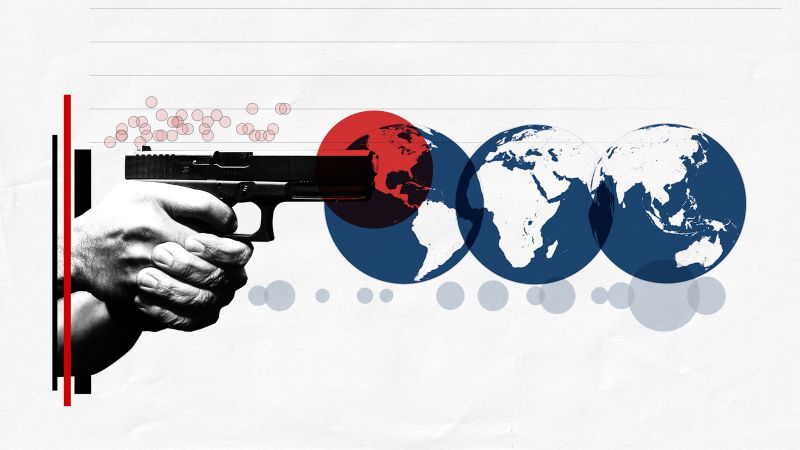Understanding Gun Culture: The United States Vs. The World
The United States is known for many things but one of the primary attributes that globally standout is its gun culture. While other countries have hunting and sport shooting cultures, often characterized by strict regulations and controls, the gun culture in the US is uniquely linked with self-defense and views about individual freedom.
Rights and Regulations
In the U.S., gun ownership is viewed as a constitutional right, strongly protected by the Second Amendment. This amendment states that the right of the people to keep and bear Arms, shall not be infringed. The Supreme Court, in multiple rulings, has upheld individuals’ rights to possess firearms for lawful purposes, including self-defense. This legal understanding of gun ownership is, perhaps, the key aspect that sets the US apart from the rest of the world.
This is not to say that other countries do not allow gun ownership. Canada, for example, allows hunting and sport shooting and has a proportionally high rate of gun ownership. However, they maintain more stringent controls and restrictions on gun ownership and usage than the US. Similarly, in many European countries, gun ownership, while permitted, is more heavily regulated. These regulations typically include stringent background checks, mental health screenings, and safety training requirements.
Gun Ownership and Crime
There’s a significant debate about the relationship between gun ownership and crime rates within the US and internationally. It’s well-known that the United States has a high level of gun-related crimes and tragic mass shootings, compared to other developed countries where firearm ownership is less pervasive and regulated more strictly.
Looking at countries like Japan and the United Kingdom, where gun laws are stringent, the incidence of gun-related crimes and fatalities is significantly lower. These countries emphasize public safety and conflict resolution, which leads to lower levels of violent crime.
However, it’s not a straightforward cause-and-effect relationship. Countries like Switzerland, with high gun ownership rates, maintain low crime rates. This could be attributed to the extensive training and rigorous regulatory processes involved in gun ownership.
Carrying Firearms
Here again, U.S. practices deviate substantially from much of the world. The idea of carrying a weapon, concealed or openly, for personal protection is alien to many societies. In most European countries, for instance, carrying guns in public is tightly controlled or outright banned, whereas in many U.S. states, carrying firearms is common and legal.
Yet, in countries like Israel, while gun carrying is visible due to military and security personnel, private citizens do not typically carry firearms. And when they do, it is under very specific circumstances and with stern licensing requirements.
Views on Gun Control
To understand the gun culture in the United States in comparison to the rest of the world, it’s important to discuss societal views on gun control. There are as many different views on this topic as there are cultures around the world. In general, the divide in the U.S. reflects differing interpretations of the Second Amendment and contrasting viewpoints on the role of government in regulating citizens’ lives and ensuring public safety.
In other countries, like Australia, after the Port Arthur massacre in 1996, swift action led to comprehensive gun control laws, drastically reducing gun violence. This societal consensus is harder to find in the U.S., where the issue is deeply entrenched in political and cultural divisions.
The contrast between the U.S. gun culture and that of the rest of the world is stark. This does not make one superior or right over the other, but emphasizes a need for understanding and discussion in the context of each country’s historical, societal, and legal frameworks.
